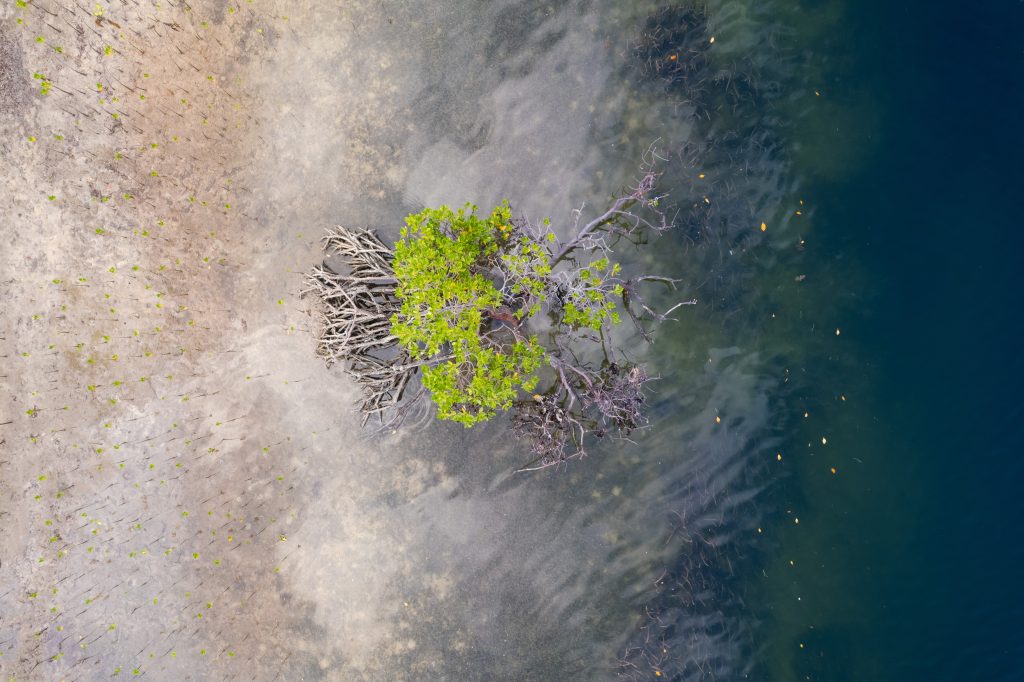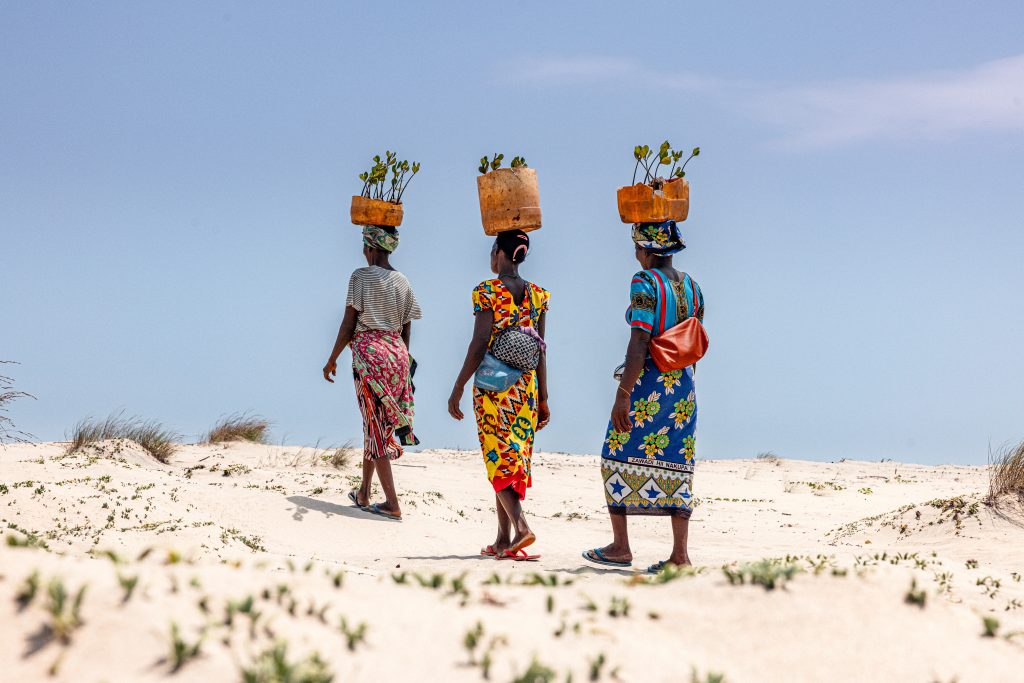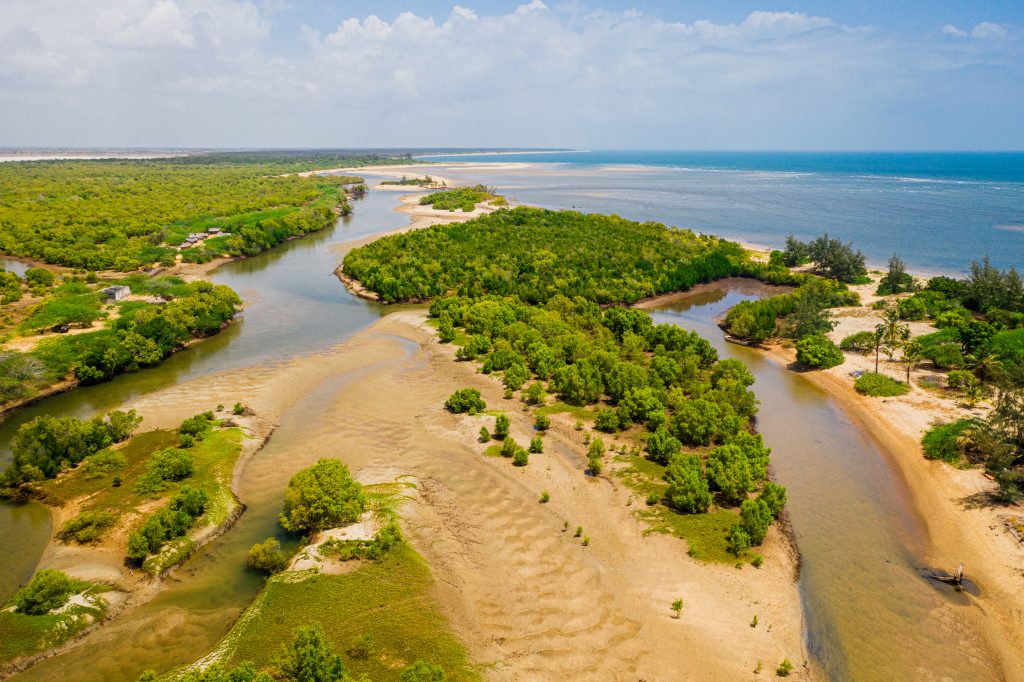By Iain Ritson
Working in the submarine cable industry means thinking on a large scale—whether it’s ocean-spanning systems or the capacity they deliver. But alongside that, there’s another scale we can’t ignore: the impact we have on the environment that supports our work.
As a leading submarine telecommunications advisory company, Pioneer Consulting is very familiar with undersea routes, but now we are bringing attention to undersea roots.

Marine environments are central to everything we do. We spend our days and nights working in and around the ocean, so it is human nature that we also give something back. In doing so, we hope we create a new trend in the industry, and that’s why we’ve partnered with Seatrees—an organization restoring and protecting “blue carbon.” Blue carbon is defined as carbon dioxide (CO2) stored in coastal and marine ecosystems—such as mangrove forests, kelp beds, and seagrass meadows.
So far, we’ve already offset 221 tonnes of CO₂ (487,221 lbs) through carbon credits. And that’s only part of the story—because the additional 663 mangrove trees we’ve planted will go on to capture another 198 tonnes of CO₂ (43,651 lbs) as they grow, making our contribution inherently regenerative and Net Positive.
To put that in perspective, an economy-class flight from Heathrow Airport in London to JFK Airport in New York generates about 1.30 tonnes of CO2. (2,866 lbs). In other words, our net positive contribution to date is equivalent to 170 transatlantic flights taking 221 tonnes of CO2 out of the atmosphere.
You can read more about our progress on our Ocean Positive webpage!
How does it work?
Seatrees is different. It isn’t just about offsetting.
Every time we buy a Seatrees token, for every tonne of CO2 we offset, Seatrees plants three new mangrove trees in Marereni, Kenya. Each tree can lock away more than 300 kilograms of CO2 (661 lbs) in its lifetime, so those three trees together capture roughly another tonne on top of the original offset. That makes every investment in mangrove trees inherently regenerative and net positive. We’re not simply balancing the books—we’re helping restore ecosystems and giving more back than we take.
The benefits don’t stop with carbon.
Mangroves provide a haven for fish and birds, strengthen coastlines against erosion, improve water quality, and support local jobs. In Marereni, community members are employed to plant and protect the trees—hence, the project benefits people and local economies as much as it does the environment.

For us, the regenerative model is powerful because it grows with us. As Pioneer Consulting grows, our Seatrees commitment scales too, and the positive impact adds up year after year. It means our legacy is not only in the submarine cables we deliver, but also in the habitats we help restore.
Net Positive vs. Sustainability
Sustainability is about keeping things as they are. Net positive is about leaving things better than we found them.
For us as individuals, for Pioneer Consulting as a company, and for the submarine cable industry as a whole—that’s the kind of legacy worth creating and building for a healthier existence.
Our industry doesn’t just move data; we move the future. Every system we plan creates opportunity and human connection. So, shouldn’t we also make sure the way we do it leaves the planet healthier and more resilient?
I believe what we’re doing at Pioneer Consulting is an outstanding example of human responsibility. By embedding Seatrees into the way we work, we demonstrate how the submarine cable industry can be a force for good beyond connectivity. We can restore, we can protect, and we can give back. True sustainability is about being inherently regenerative and net positive—and leaving the world in a better place than we found it.
For comments or questions, please contact [email protected].

Photo credits: All photos have been provided by Seatrees.
